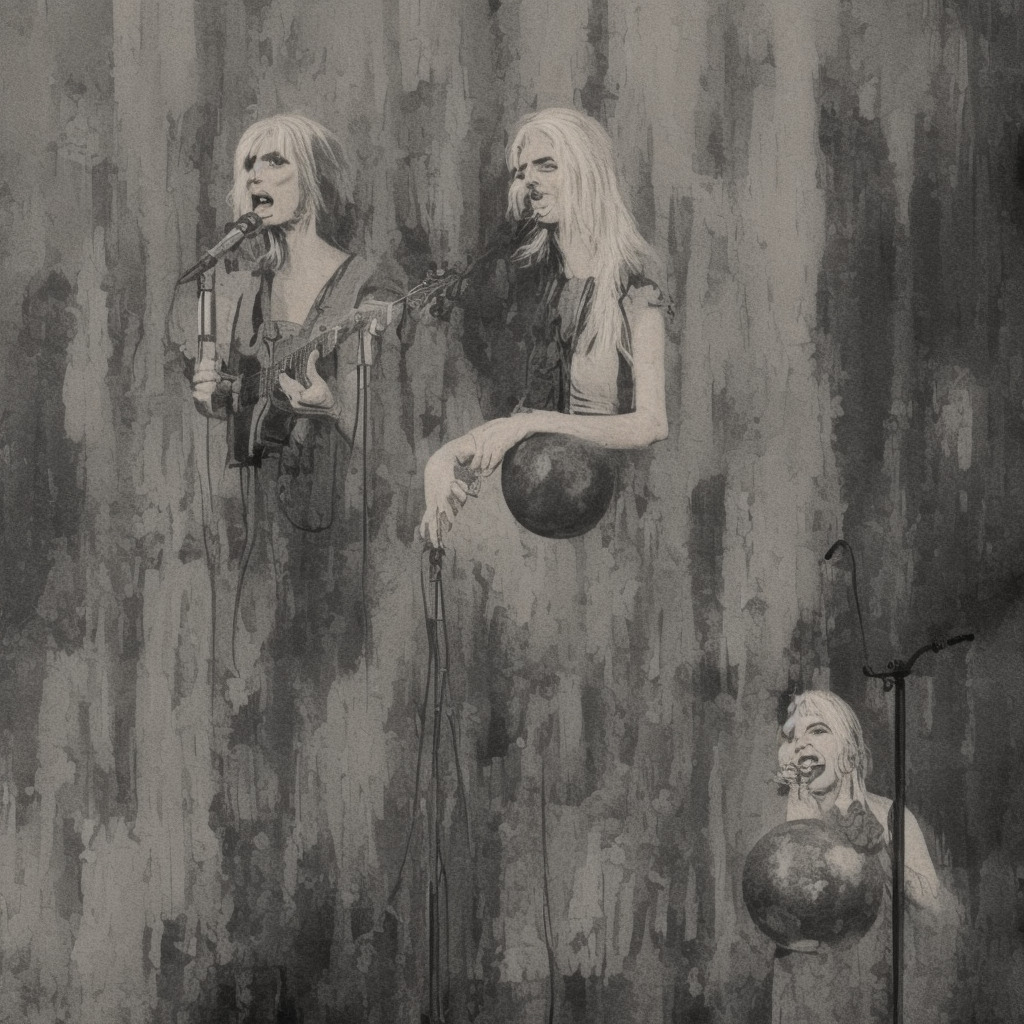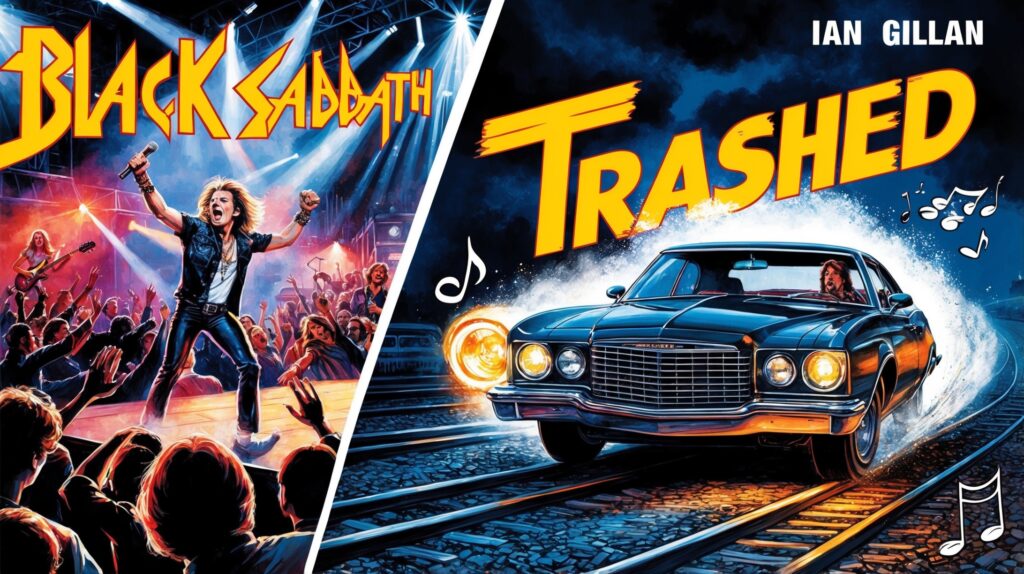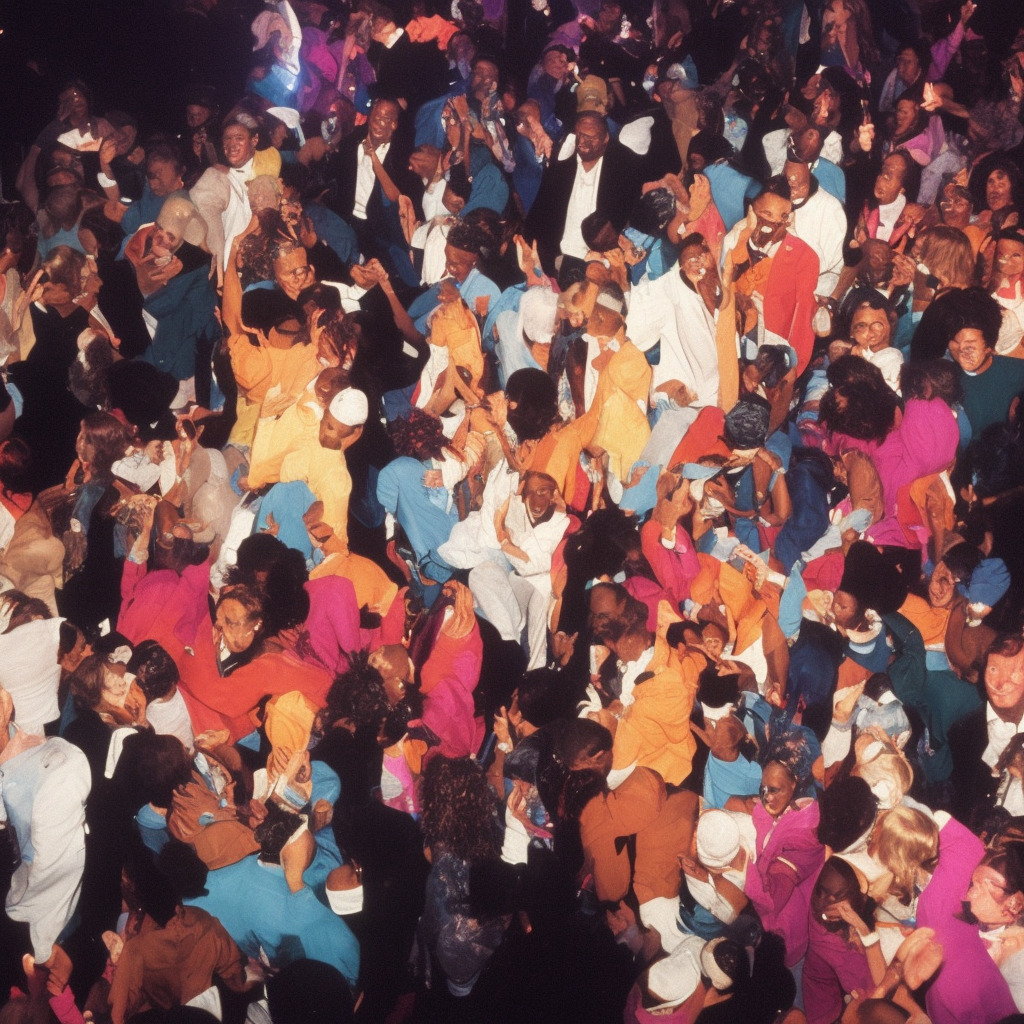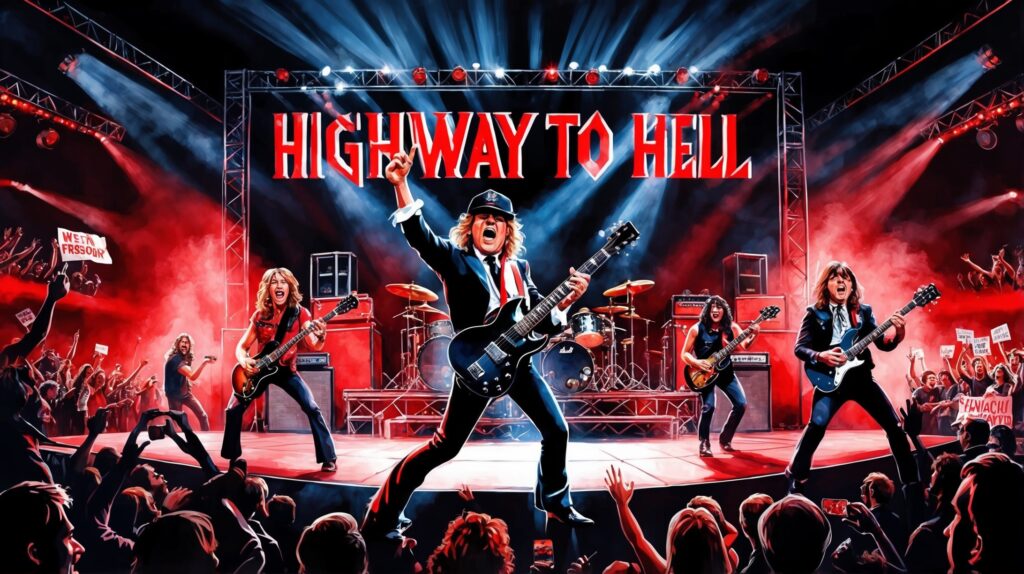🎶 Did you know #EmmylouHarris recorded “Wrecking Ball” in an unlikely collab with #U2’s producer Daniel Lanois? Their genius concocted this haunting gem! 🌟 Dive in, y’all! #MusicTrivia #WreckingBall 🔗 Read about it: tinyurl.com/3x5wjajb
Emmylou Harris: The Timeless Impact of ‘Wrecking Ball’
Emmylou Harris’ “Wrecking Ball” – a fearless fusion of country roots and atmospheric experimentation, setting the bar for an alternative generation and solidifying her unyielding legacy.

Emmylou Harris, an American singer, songwriter, and musician, is undoubtedly a legend in the world of country music. However, it was her 1995 release, “Wrecking Ball,” that took her music to new heights and solidified her position as one of the most innovative and groundbreaking artists of her era. Produced by the renowned Daniel Lanois, known for working with the likes of U2, Peter Gabriel, and Bob Dylan, “Wrecking Ball” deftly blended Harris’ signature country and folk sound with atmospheric, ethereal, and experimental elements that few could have anticipated or replicated.
The album marked a crucial turning point in Harris’ career, as she bravely stepped away from her traditional country roots to explore a more eclectic and contemporary sound, setting the stage for a whole new generation of alternative country artists. “Wrecking Ball” featured expertly crafted songs penned by the likes of Neil Young, Bob Dylan, and other great songwriters, showcasing not only Harris’ ability to interpret other artists’ work but also her impeccable taste in music.
While the album was met with critical acclaim, it did not achieve the same commercial success as Harris’ previous releases. Nonetheless, it went on to become a fan favorite and a milestone in her discography. Harris won the Grammy Award for Best Contemporary Folk Album for “Wrecking Ball” at the 38th Annual Grammy Awards in 1996, a testament to the album’s lasting impact.
Emmylou Harris’ collaborations with other iconic musicians also contributed to the album’s richness. The featured artists included contributions from Steve Earle, Lucinda Williams, and Kate & Anna McGarrigle, among others. The result was a powerful and introspective album that highlighted Emmylou’s ability to adapt and evolve as an artist, even after establishing herself as a country music icon.
In the years that followed, Emmylou Harris continued to defy expectations and break boundaries, earning her a well-deserved spot in the Country Music Hall of Fame in 2008. Yet, it is “Wrecking Ball” that remains a shining example of her fearlessness and her ability to remain relevant and cutting-edge, even decades into her illustrious career. Despite some critics initially being taken aback by the unexpected shift in her sound, “Wrecking Ball” has endured the test of time, proving Harris’ unyielding dedication to her craft and her unwavering desire to continually reinvent herself.
Charting the Course of a Classic
“Wrecking Ball” – the underrated Emmylou Harris classic that defied commercial trends with its innovative sound, emotional depth, and lasting impact on the music world.
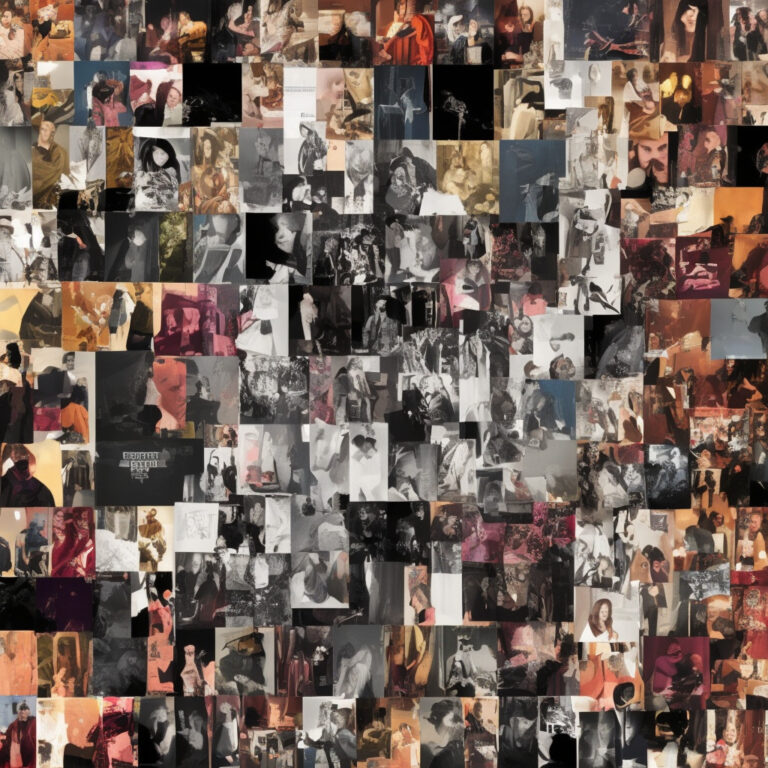
“Wrecking Ball” by Emmylou Harris was released on September 26, 1995, as part of her eighteenth studio album of the same name. Despite being a critically acclaimed masterpiece, the song did not achieve the same level of commercial success as some of Harris’ previous hits. Nonetheless, its impact on the music world and the trajectory of Emmylou Harris’ career is undeniable.
Upon its release, “Wrecking Ball” received widespread praise from music critics for its innovative sound and raw, emotional delivery. However, the song did not initially make a significant impact on the charts. It failed to enter the Billboard Hot 100, but did manage to peak at No. 27 on the Adult Alternative Songs chart. The album, on the other hand, peaked at No. 94 on the US Billboard 200 chart, and reached No. 13 on the Top Country Albums chart.
One might consider the lack of chart success for “Wrecking Ball” surprising given the caliber of talent involved in its creation. The album was produced by the legendary Daniel Lanois, known for his work with U2 and Peter Gabriel, and featured contributions from notable artists like Neil Young, Steve Earle, and Lucinda Williams. It’s worth mentioning that the album did win the Grammy Award for Best Contemporary Folk Album in 1996, which speaks to the artistic excellence of the project as a whole.
Although “Wrecking Ball” did not dominate the charts upon its release, it has since gained a cult following and is now considered a seminal work in Emmylou Harris’ discography. The song’s enduring legacy is a testament to its emotional resonance and the power of great songwriting to transcend commercial trends.
In conclusion, while “Wrecking Ball” did not achieve massive chart success, it remains a pivotal song in Emmylou Harris’ career and an influential piece of music that has stood the test of time. Its legacy and impact on both the artist and the broader music landscape cannot be measured by chart positions alone.
Delving into the Emotional Undercurrents of the Lyrics
Well, I came by just to see you
With nothing on my mind
I must have been thinking of someone else
I left a long, long time
Well, I came in like a wrecking ball
Into your good warm place
Must have been a dream I had
I thought I saw your face
Well, I came by just to see you
With nothing on my mind
Must have been a dream I had
I thought I saw your face
Well, I came in like a wrecking ball
Into your good warm place
Must have been a dream I had
I thought I saw your face
Emerging in an era of transition and introspection, “Wrecking Ball” by Emmylou Harris is a masterful blend of emotional introspection, beautifully poetic lyrics, and a hauntingly captivating melody. The lyrics of the song speak to the vulnerability and struggles of the human experience, leading to a resonating impact on its listeners.
The lyrics touch on themes of regret, self-doubt, and the transient nature of relationships. Emmylou Harris sings about visiting someone with “nothing on [her] mind,” suggesting a carefree or even thoughtless approach to reconnecting. However, this reunion seems to have dredged up memories and emotions of a past connection, as she admits that she “must have been thinking of someone else [she] left a long, long time.”
The line “Well, I came in like a wrecking ball” is a powerful metaphor for how the protagonist has unintentionally caused chaos and destruction in someone else’s life. This line evokes the idea that sometimes, despite our good intentions, we can still leave a trail of emotional wreckage in our wake.
The lyrics’ repetitive nature echoes the cyclical pattern of human emotions and relationships. It reflects the inevitable revisiting of old memories and the impact of past decisions on our present state of mind. It is also a reminder of how the human psyche tends to dwell on unresolved issues and yearns for closure.
“Wrecking Ball” serves as a window into the complexities of the human heart, capturing the essence of a specific moment in time. The emotional gravitas of the lyrics resonates with listeners, making it a timeless piece that continues to evoke a powerful emotional response even today.
A Visual Journey: The Wrecking Ball Music Video
Immerse yourself in Emmylou Harris’s “Wrecking Ball” music video, where Mark Pellington’s mesmerizing visuals paint a surreal landscape that perfectly complements the haunting melody and profound lyrics.
The music video for Emmylou Harris’s “Wrecking Ball” offers a unique visual experience that complements the song’s hauntingly beautiful melody and thought-provoking lyrics. Directed by esteemed filmmaker Mark Pellington, the video takes viewers on a journey through a surreal, otherworldly landscape that evokes a sense of mystery and wonder.
Pellington, known for his work on high-profile music videos such as Pearl Jam’s “Jeremy” and U2’s “One,” brings his signature style to the “Wrecking Ball” video. The video’s production design is characterized by its use of stark, monochromatic color schemes, juxtaposed with moments of vibrant color that serve to accentuate the emotional resonance of the song. The choice of black and white imagery, which features Emmylou Harris clad in a flowing gown and traversing a variety of desolate settings, creates a striking visual that lingers in viewers’ minds long after the song has ended.
The video’s budget, while not disclosed, is evident in the high production value and attention to detail seen throughout. From the meticulously crafted set designs to the seamless integration of special effects, it’s clear that no expense was spared in the creation of this visual masterpiece. In addition to the stunning visuals, the video’s pacing expertly mirrors the emotional build-up of the song, with the intensity of the imagery increasing as the song progresses.
One notable aspect of the “Wrecking Ball” video is its minimal use of narrative, instead opting for a more abstract, artistic approach. Instead of attempting to convey a specific story, Pellington and his team focused on creating a series of evocative, dreamlike images that serve to enhance the overall mood and atmosphere of the song. This artistic choice allows viewers to derive their own unique interpretations and emotional connections to the music, further demonstrating the versatility and depth of Emmylou Harris’s work.
While there is no official music video for “Wrecking Ball,” fans of Emmylou Harris have taken it upon themselves to create their own visual tributes to the song. From simple lyric videos to elaborate fan-made concepts, the song’s enduring popularity has inspired countless YouTube users to put their own creative spin on the track. This speaks to the lasting impact and significance of both the song and its accompanying video within the realm of music and visual storytelling.
The Creative Genius Behind “Wrecking Ball”
The brilliant mind that composed “Wrecking Ball” is none other than the talented Guy Clark. An influential singer-songwriter, Clark’s career spans several decades with numerous critically acclaimed albums and chart-topping hits. Born in Texas, he was a key figure in the Americana and country music scene. His songwriting prowess and storytelling abilities have earned him the admiration of artists and fans alike.
Apart from “Wrecking Ball,” Guy Clark also penned notable songs such as “Desperados Waiting for a Train,” “L.A. Freeway,” and “Dublin Blues.” These songs, like “Wrecking Ball,” showcase Clark’s ability to captivate listeners with emotionally charged lyrics and unforgettable melodies. His songs have been covered by various music legends, including Johnny Cash, Vince Gill, Ricky Skaggs, and of course, Emmylou Harris. Despite his passing in 2016, Guy Clark’s musical legacy continues to thrive and inspire artists and songwriters in the industry.
Accolades, Appearances, and Alluring Covers
“Wrecking Ball” by Emmylou Harris: A Grammy-winning, genre-spanning masterpiece with an enduring legacy of accolades, media appearances, and captivating covers.

“Wrecking Ball” by Emmylou Harris, released in 1995, has undeniably been an influential and highly-regarded track, which has received several prestigious awards and accolades. The song received acclaim for its unique sound and powerful lyrics, resulting in a Grammy win in 1996 for Best Contemporary Folk Album. Harris was also nominated for Best Female Rock Vocal Performance, further highlighting the significance of this song in her exceptional career.
The song’s popularity has led to its unique presence in various forms of media. From television dramas to edgy indie films, “Wrecking Ball” has lent its raw emotion and haunting melody to perfectly complement many memorable scenes. Notably, the track found its way into the 2012 indie film “Big Sur,” based on the autobiographical novel by the legendary beatnik author Jack Kerouac. The song’s inclusion in this film further solidified its status as an artistic touchstone and a favorite among aesthetes and music aficionados alike.
Over the years, “Wrecking Ball” has inspired numerous cover versions from diverse artists, each offering a fresh interpretation of the song while staying true to its emotional core. Among the most notable renditions is the one by American singer-songwriter Gillian Welch, who offered her unique take on the song during live performances. Additionally, the alternative rock band Mother Hips created their own interpretation, which was well received by fans and showcased the song’s versatility.
In more recent years, contemporary folk artist Sarah Jarosz recorded a captivating version of “Wrecking Ball,” beautifully incorporating her own distinctive vocal stylings and instrumentation. Her rendition serves as a testament to the enduring impact of Emmylou Harris’ original masterpiece, which continues to inspire musicians across genres and generations.
As “Wrecking Ball” persists in its legacy of accolades, film and television appearances, and inspiring cover versions, it maintains its position as an influential, timeless piece in the ever-evolving musical landscape.
Dissecting the Musical Anatomy
Diving into the core of “Wrecking Ball,” we find it anchored in the key of G major, giving it a warm and uplifting foundation. The song commences with a delicate and ambient intro, which then seamlessly transitions into the first verse. Emmylou Harris’ mesmerizing voice is accompanied by a simple yet effective chord progression that cycles through G, C, and D chords. This classic I-IV-V progression is a common technique in popular music, as it creates a sense of familiarity and ease for the listener.
As the verse progresses, the arrangement adds depth and texture with the inclusion of subtle electric guitar licks and atmospheric keyboard pads. The drums maintain a steady tempo of approximately 72 beats per minute, providing a laid-back and unhurried feel to the song. This moderate tempo allows the listener to fully absorb the emotional weight of the lyrics and the nuances in the vocal performance.
The chorus introduces a slight variation in the chord progression, incorporating an E minor chord, which adds a touch of melancholy to the overall warm tonality. This shift in mood is a clever compositional choice, as it mirrors the bittersweet narrative of the lyrics. The chorus is also where the song’s dynamics reach their peak, with the full band joining in and the vocals soaring with vulnerable emotion.
Throughout “Wrecking Ball,” one cannot help but notice the impeccable production and mixing, which give the track a polished and immersive sound. Each individual instrument is carefully placed in the sonic spectrum, allowing for maximum clarity and impact. The reverb-drenched guitars and ethereal backing vocals create a sense of space and depth, inviting the listener to get lost in the soundscape.
In summary, the beauty of “Wrecking Ball” lies in its artful fusion of simplicity and sophistication. Its timeless chord progression, evocative lyrics, and masterful production work together to create a truly memorable and emotionally resonant listening experience. Emmylou Harris has undeniably crafted a musical gem that will continue to enchant audiences for years to come.

